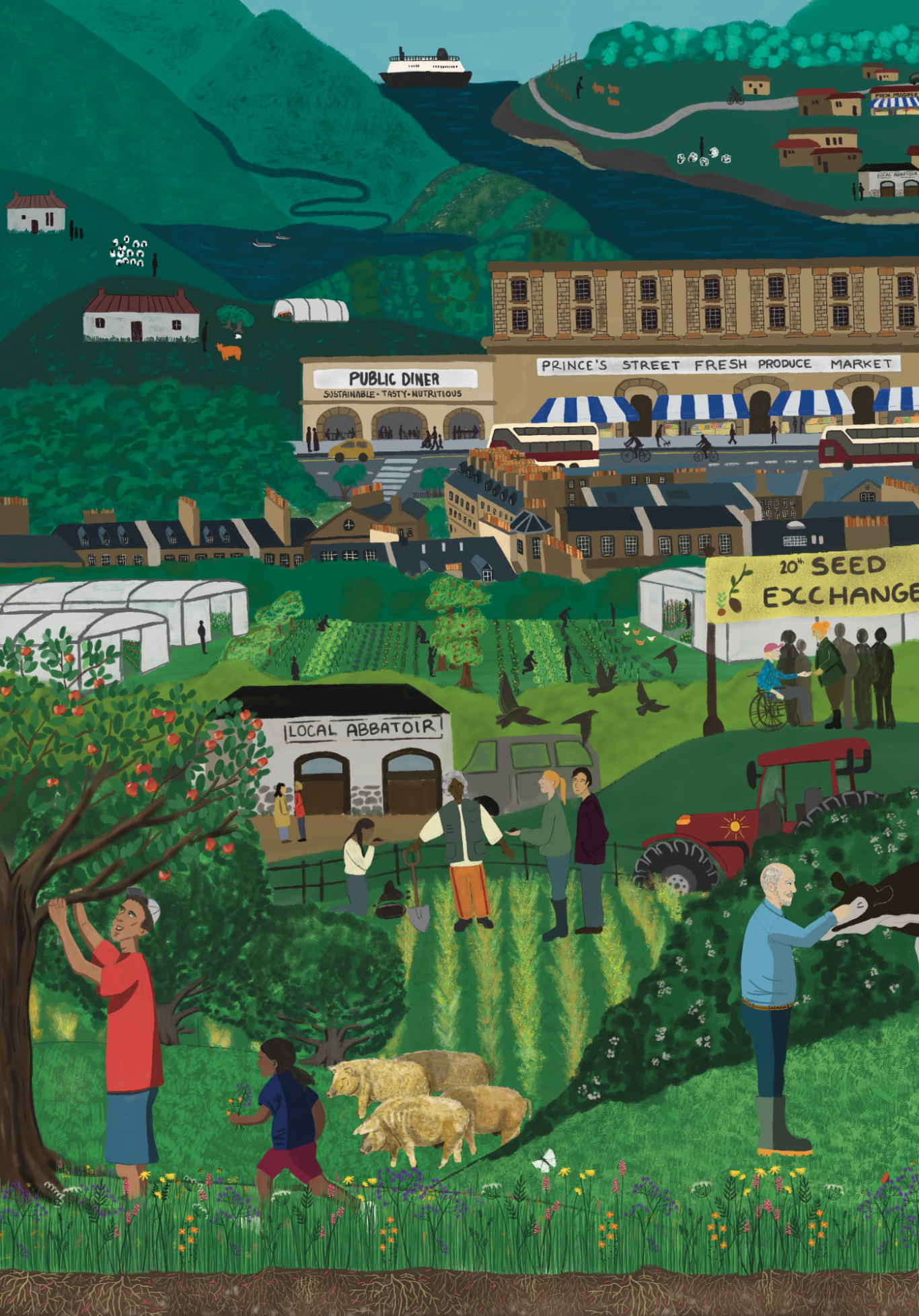What do we need for a just transition in Scottish agriculture?
1. Redirect subsidies to support agroecological transition
Reform agricultural subsidies so the majority of public funding supports agroecological practices that restore ecosystems, build soil health, and strengthen local food systems. This shift is essential for a fair and rapid transition to climate- and nature-friendly farming.
2. Guarantee fair incomes for farmers and crofters
Introduce a redistributive payment system that increases support for the first hectares farmed and caps payments for large landholders. Remove the 3ha minimum threshold to include all active landworkers. This ensures small and medium scale farmers and crofters can make a decent living.
3. Invest in organic
Provide financial support for organic conversion and maintenance, alongside investment in organic supply chains for retail and public procurement. A strong organic sector is key to scaling regenerative, agroecological food systems in Scotland.
4. Introduce targeted support for market gardens
Create a dedicated Market Garden Support Scheme to provide fair funding for small-scale fruit and vegetable growers currently excluded from payments. Market gardens deliver public value through healthy food, local jobs, and resilient food systems.
5. Incentivise agroforestry in farming systems
Support the integration of low-density trees into farms and crofts by extending grants to small-scale agroforestry projects. This approach enhances biodiversity, diversifies farm income, and increases climate resilience.
6. Strengthen local food supply chains
Invest in producer hubs, community-led food processing, and local abattoirs to shorten supply chains and democratise food infrastructure. Stronger local supply chains build resilience, create rural jobs, and keep value in communities.
7. Support peer-to-peer training and knowledge sharing
Fund accessible training and farmer-led knowledge exchange at all career stages, prioritising peer-to-peer learning and co-designed education. Knowledge sharing is critical to enabling a transition to sustainable, regenerative farming.

Illustration by Diana Garduño Jiménez (@dianagarj)

